Social Media Basics: What Are Content Pillars?
Need some structure for your social media strategy? You should be using content pillars to structure your social media posts into a clearly categorised, and targeted calendar. We take you through the process of creating audience personas, and categorising your content in this basics guide.
You should be using content pillars to structure your social media posts into a clearly categorised and targeted calendar.
In this guide, we take you through the process of creating audience personas and organising your content to take your social media strategy to the next level.
Big and small, brands today are expected to produce an insane amount of content.
From snapping the perfect Insta photo to blogging and fine-tuning your social captions, there’s plenty of work to be done on a day-to-day basis.
This is especially true if you’re creating content for multiple audiences, which 85% of Aussie brands are.
As a result, it’s only natural for the “who” and “why” of a content strategy to get lost in the noise.
Specifically, that’s who you’re trying to target and why you’re creating content in the first place.
Want to keep your content marketing strategy focused and on point? Looking for your efforts to pay off?
Good! That’s exactly why you need to organise your content pillars to ensure that you’re ticking the boxes of your target audience with each and every post.
In this guide, we’ll break down how to organise and reign in your brand’s content calendar once and for all.
What Is a Content Pillar, Anyway?
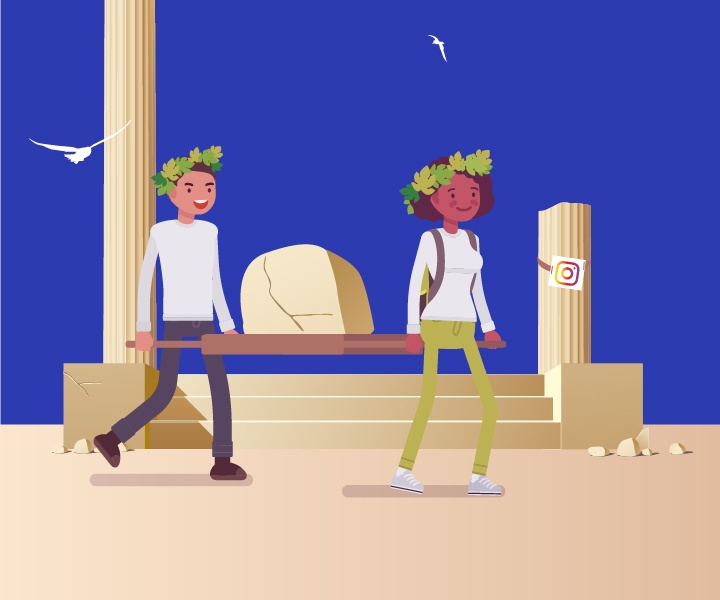
A content pillar is a subset of three to five topics or themes which create the foundation for your overall content strategy.
Also known as buckets, content pillars represent relevant topics for your target audience.
Each of your pillars could comprise different types of content such as blog or social media posts, podcasts, videos, images or even something as simple as your tweets.
Whichever content pillars you choose, they must be aligned with your brand’s values, purpose and aesthetic feel.
Take Hello Social for example. Our content pillars include branding advice, social advertising tools and influencer tips, to name just a few.
You can clearly see how our content buckets are categorised via the Hello Social blog.
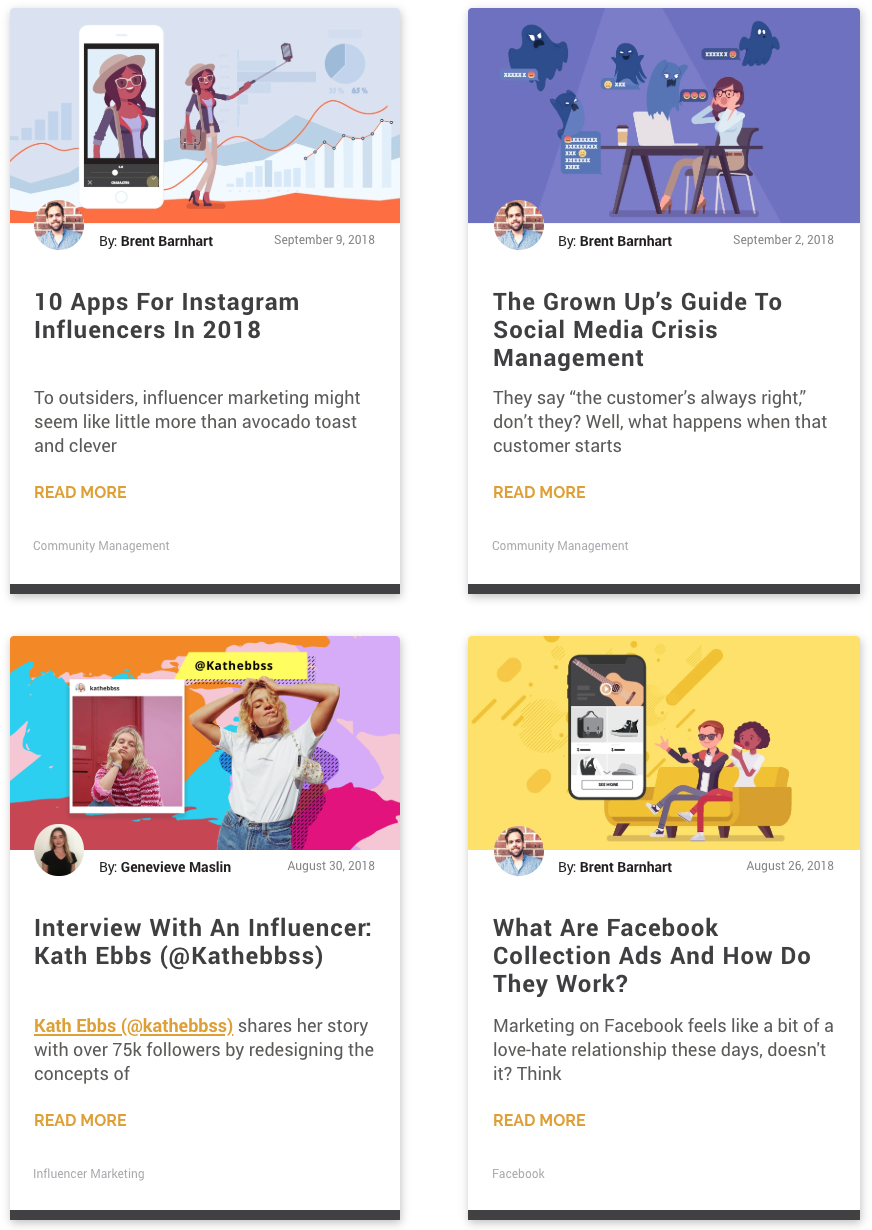
For example, in the above four posts we cover:
Content to interest influencers
A piece targeted at brands and community managers
An interview for brands looking to work with influencers
A more technical article on a new Facebook ad format for advertisers
With that being said, blog posts are only one piece of the puzzle for each of our content pillars.
In addition to written content, we also pride ourselves on a strong meme game because our witty followers absolutely love them.
Through various types of content that cover a range of relevant topics, we’re able to make sure that no subset of our audience goes unnoticed.
See how that works?
Why Do Brands Need Content Pillars for Social Media Marketing?
Although there are many benefits to setting up specific content pillars for your brand, here are some of the most important:
#1. Organisation
Instead of just creating posts and visuals on the fly, distinct content buckets help you create a calendar that covers relevant content for your brand.
Having distinct themes you want to hone in on also makes it much easier for you to strategically plan your posting calendar.
#2. Targeting
Defined pillars serve as a guide for crafting specific content for specific people (hint: so you don’t ignore part of your target audience).
You also won’t have to worry about taking shots in the dark anymore.
When you create your own content pillars, you’ll ensure that you only produce content that’s relevant to your target audience’s needs and interests.
#3. Ideation
Coming up with fresh ideas is often cited as a huge pain for brands. The good news is, content pillars automatically identify relevant topics for you.
This allows you to spend less time worrying about ideas for your brand’s social media strategy, and more time finding ways to deliver exceptional content around specific themes or topics.

How to Define Your Content Pillars
If this seems like a complicated, in-depth exercise, don’t panic. Chances are you already have your content pillar strategy figured out—you just haven’t put them on paper yet.
Below we outline how to define your brand’s pillars to guarantee that your content strategy stays on the up and up.
Pin Down Your Audience Personas
It’s important to note that before you can create content pillars, you need to define your customer personas and profiles.
Why? Consider the difference between marketing to boomers versus the millennial crowd.
From how they consume content to their pain points and desires, the difference between these groups is almost night and day.
When your personas are crystal clear, you’ll know exactly what to craft in terms of topics, formatting and everything in between.
Not only will you know what to create, but you’ll also have a better understanding of what kind of messages to send to each subset of your audience.
To help you pinpoint your customer personas, here are some questions you can ask:
What are their day-to-day experiences like?
What social networks are they on?
What’s going to speak to them?
Which topics are of interest to them?
What are the values of my target audience?
If all of this seems like a huge question mark, consider looking into free tools like Xtensio which allows you to create your own customer personas and templates.
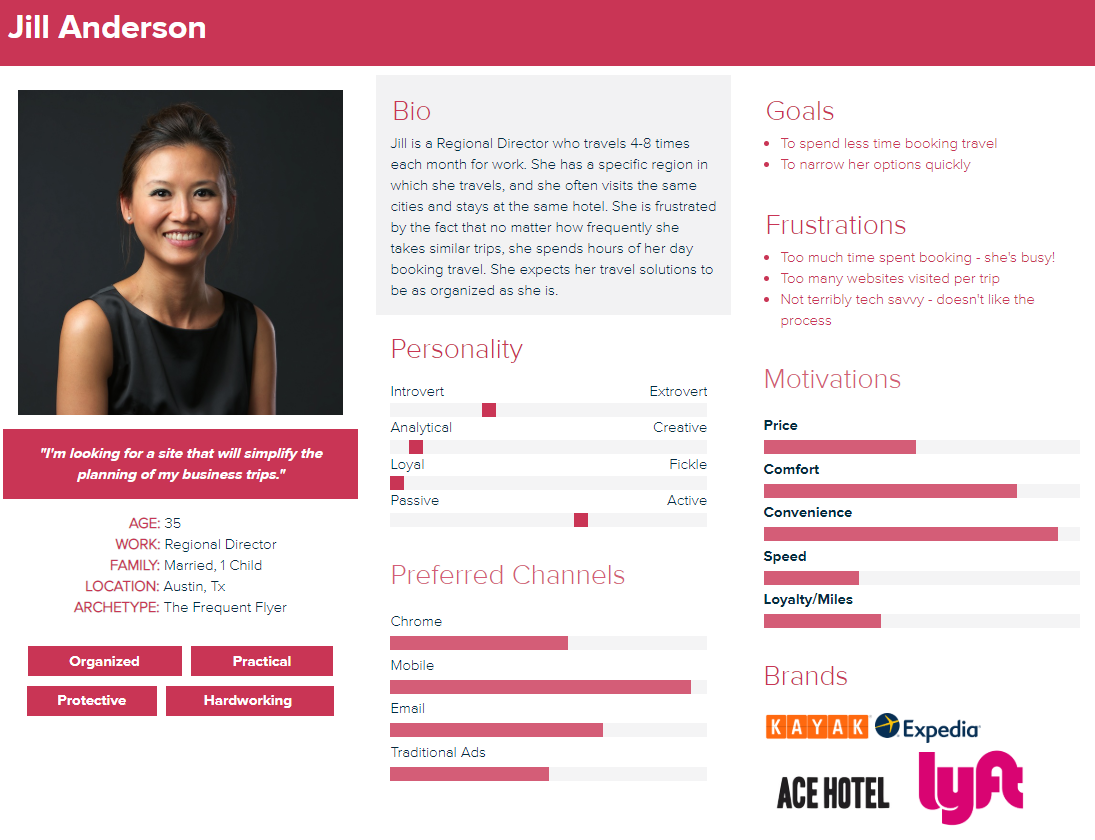
By highlighting their goals, pain points and motivators, you’ll be able to paint a picture of your audience to help you zero in on appropriate content pillars.
Repurpose and Retarget Your Brand’s Content
As part of creating content pillars for your customer personas, consider how different formats appeal to different people.
Repurposing and fine-tuning your content for individual networks and audience members is a brilliant move.
This does double-duty of squeezing more out of an individual piece of content and sticking with the best practices of every social network.
Hello Fresh Australia is actually a great example of repurposing for different content pillars.
For example, they have their #foodporn photos to appeal to their dedicated foodie fanbase and casual Instagram users alike.

Meanwhile, their food hacks and quick, one-minute tutorials are ideal for YouTube searches and social shares.
Perfect for those who just need a quick dose of inspiration, these bite-size pieces of content serve as an awesome introduction to the brand.
Finally, their company blog includes more in-depth recipes, listicles and how-to’s which borrow from the awesome photos posted on their Instagram.
These pieces are great for savvier foodies with a bit more time on their hands and could likewise be search engine gold.
Each of these types of content appeals to different pillars, but all piggyback on each other.
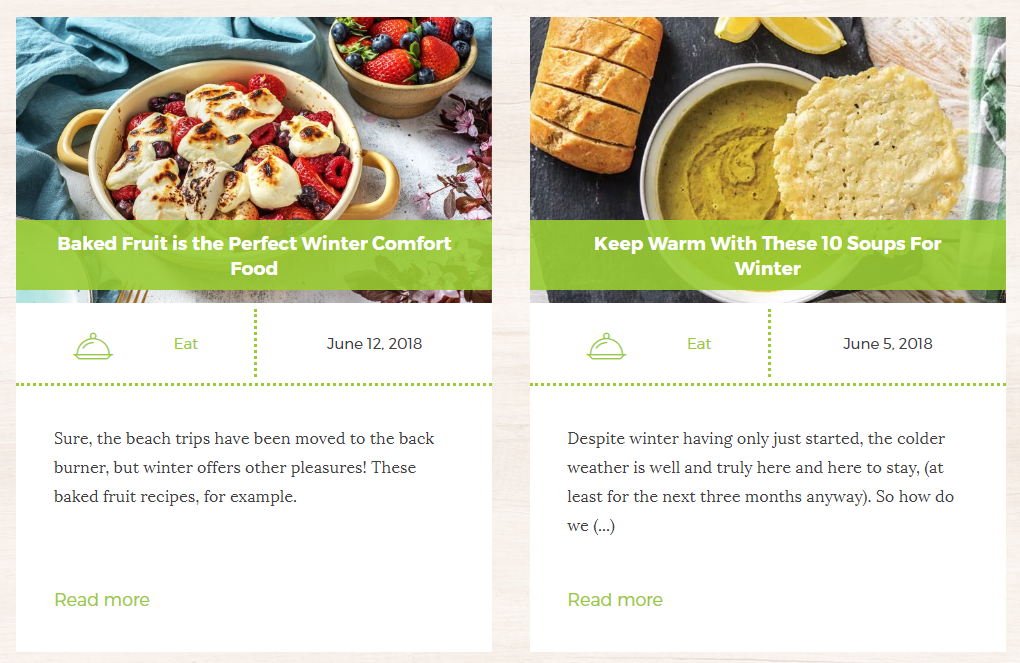
Analyse Your Brand’s Social Media Analytics
If you want to create content pillars based on real-time data, look no further than your brand’s social media analytics.
This will allow you to get a crystal clear idea about:
What type of content performs well
Your followers’ engagement trends
Which areas need improvement
To audit your social media analytics make a list of your best-performing posts, which visuals you used, what time of day you posted and the hashtags you used.
By giving you a better idea of which types of content you should focus on, you’ll be able to adjust your brand’s content pillars accordingly.
This will ensure that you consistently post the most valuable content for your followers, as well as drive engagement and results for your brand.
Organise Your Audience via Hashtags
Another great way to define your content categories is to organise how you address your audience.
Ask yourself: are you targeting specific personas or treating your followers as one-size-fits-all?
As part of your hashtag strategy, consider how specific tags can speak to your followers to highlight a stronger sense of community.
For example, brands like Billabong use their #aBikiniKindaLife tag to show some love to the ladies across their social media channels.
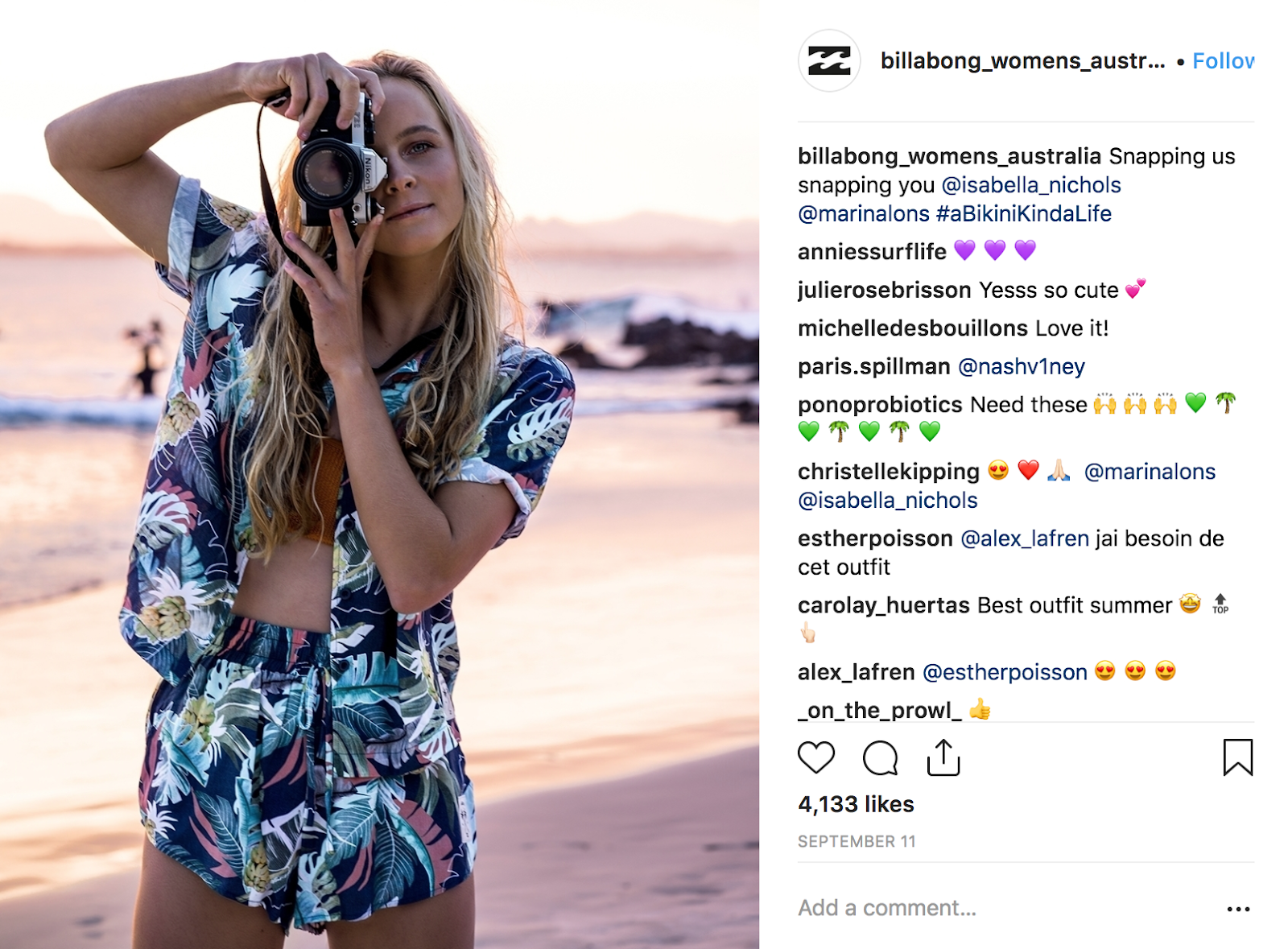
...and boast the unisex #LifesBetterinBoardShorts tag for their followers in action.

This is a small but significant way to ensure that you’re regularly interacting with the various audience members propping up your core content pillars.
See What Your Competitors Are Doing
Another way to outline your content pillars is to take a closer look at what your brand’s competitors are up to.
You could make a list of three to five competitors and analyse their social media channels to see what kind of content they post.
In particular, you should focus on the content and topics that have performed well and received the most engagement.
From there, you’ll be able to get a better idea of where there is a content gap and form some of your pillars around it.
This is a great way to find content ideas your audience will be interested in, as well as establish your brand as the go-to for information about a particular topic.
Come Up with a Content Calendar
Perhaps the most important aspect of social media content pillars is coming up with a calendar.
In short, your content calendar serves as a week-to-week outline of…
What content you’re posting
Which audiences you’re targeting
Which social channels you’re hitting
This ensures that your content and frequency are both optimised so your target audience sees your brand’s content at the right times.
For example, you might have a persona that’s super busy and can only take in bite-sized content during their lunch break.
On the flip side, you may have audience members who spend forever checking out your blog posts and videos.
To break down your pillars even further, you can refer to your social media campaign analytics to see a data-driven “who’s who.”
By looking at when and how people are consuming content, you can fine-tune your calendar to make sure those personas are always in the loop based on their behaviour.
A Fictional Example of Content Pillars in Action
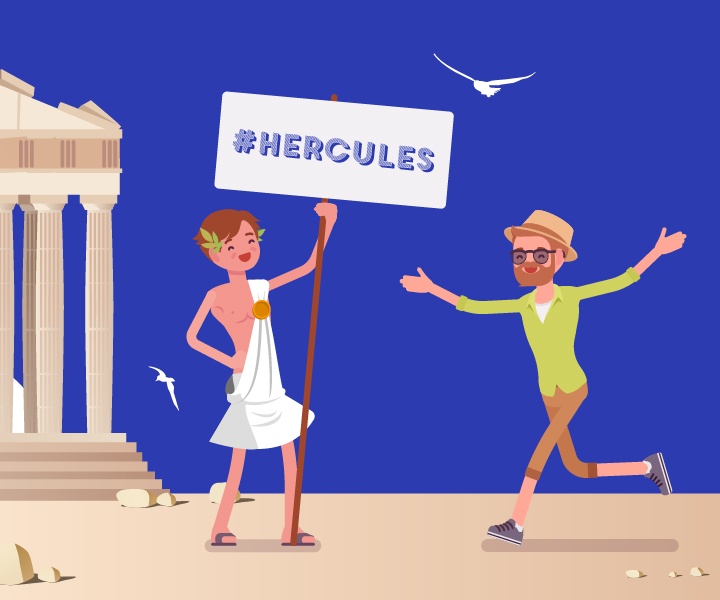
To recap, here’s a quick example of what content pillars look like in action.
Let’s say you’re a fitness brand that’s primarily targeting millennial women on Instagram. Your content categories might be composed of…
Motivational content (image macros, inspirational text overlay photos)
Workout tutorials (videos and stories)
Recipes (photos, videos and stories)
“Action” content (photos or videos of your brand or followers “in the wild”)
And within these categories you have personas such as…
Total newbies to fitness
New mums looking to get back into a routine
People trying to achieve or maintain a weight loss goal
Seasoned gym-goers and fitness enthusiasts
For each of these personas, different subsets of content are relevant.
Newbies and new mums are likely going to be interested in quicker, time-sensitive content for the sake of their schedules.
On the flip side, your already-fit fans and goal-setters could always use new recipe ideas and motivation to keep them going.
There’s plenty of opportunity for overlap with your content pillars (and that’s a good thing), but there are also chances to get specific with different audiences.
Also, there’s room to experiment with new types of content to learn what your top-performing pieces are per audience via analytics.
And with that, it’s time to wrap things up!
Are You Using Content Pillars?
If you want to keep your content campaigns focused while speaking to your target audience, defining your content pillars is a must-do.
For the sake of getting the most out of your content creation and covering as much ground as possible, the initial effort is totally worth it.
As we said earlier, you’ve probably already got your content buckets figured out to an extent already. So why not go all the way?







